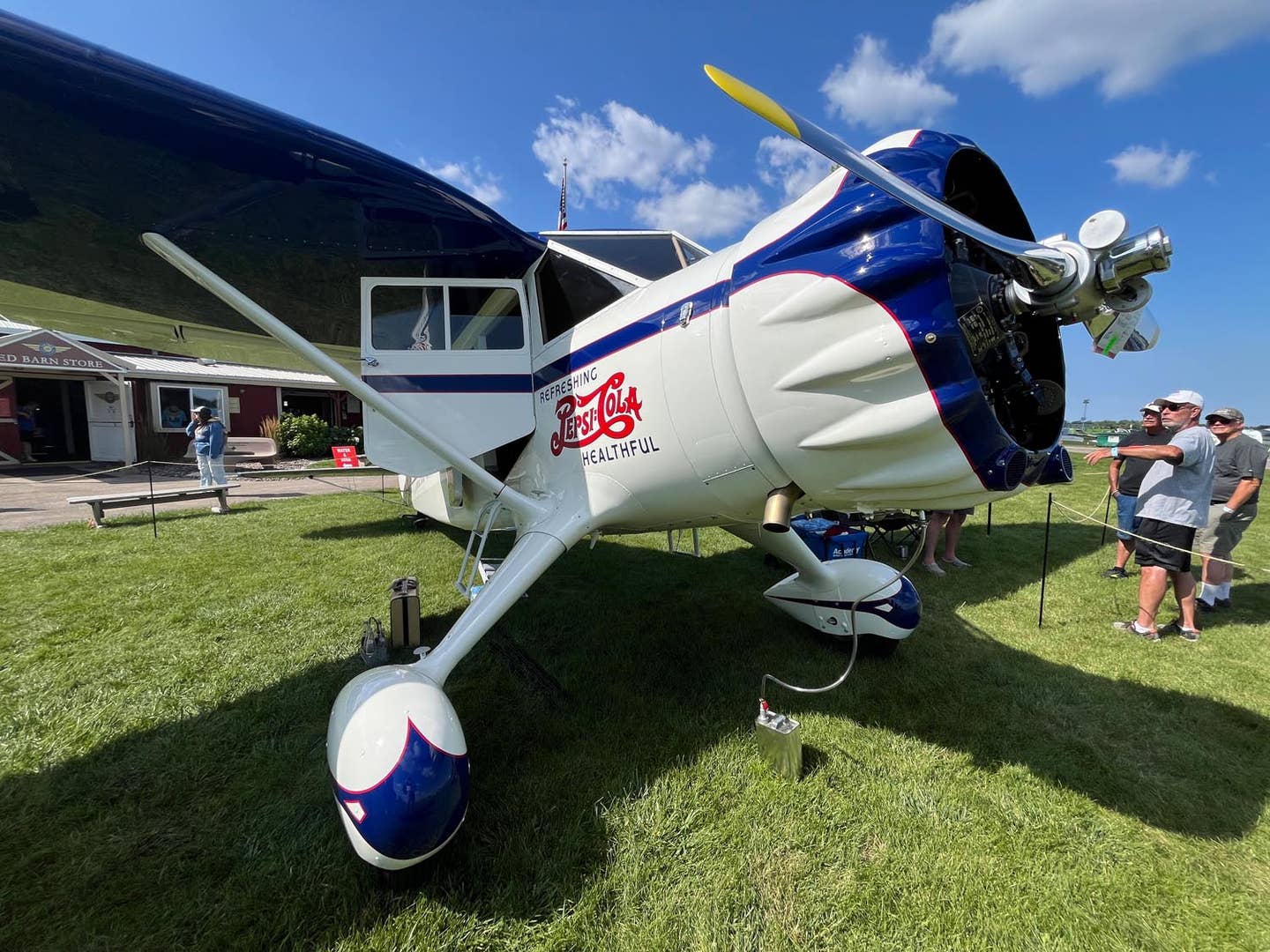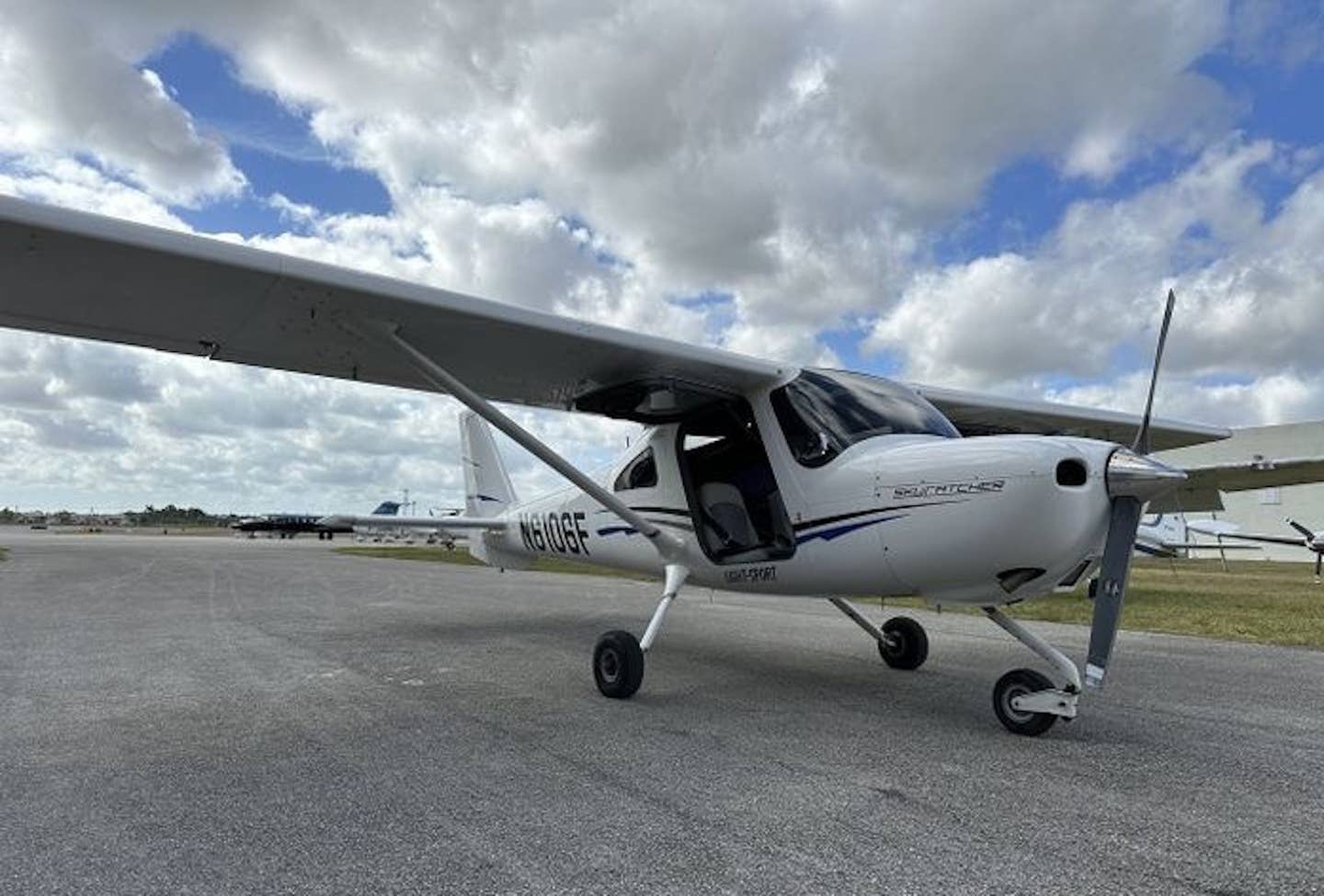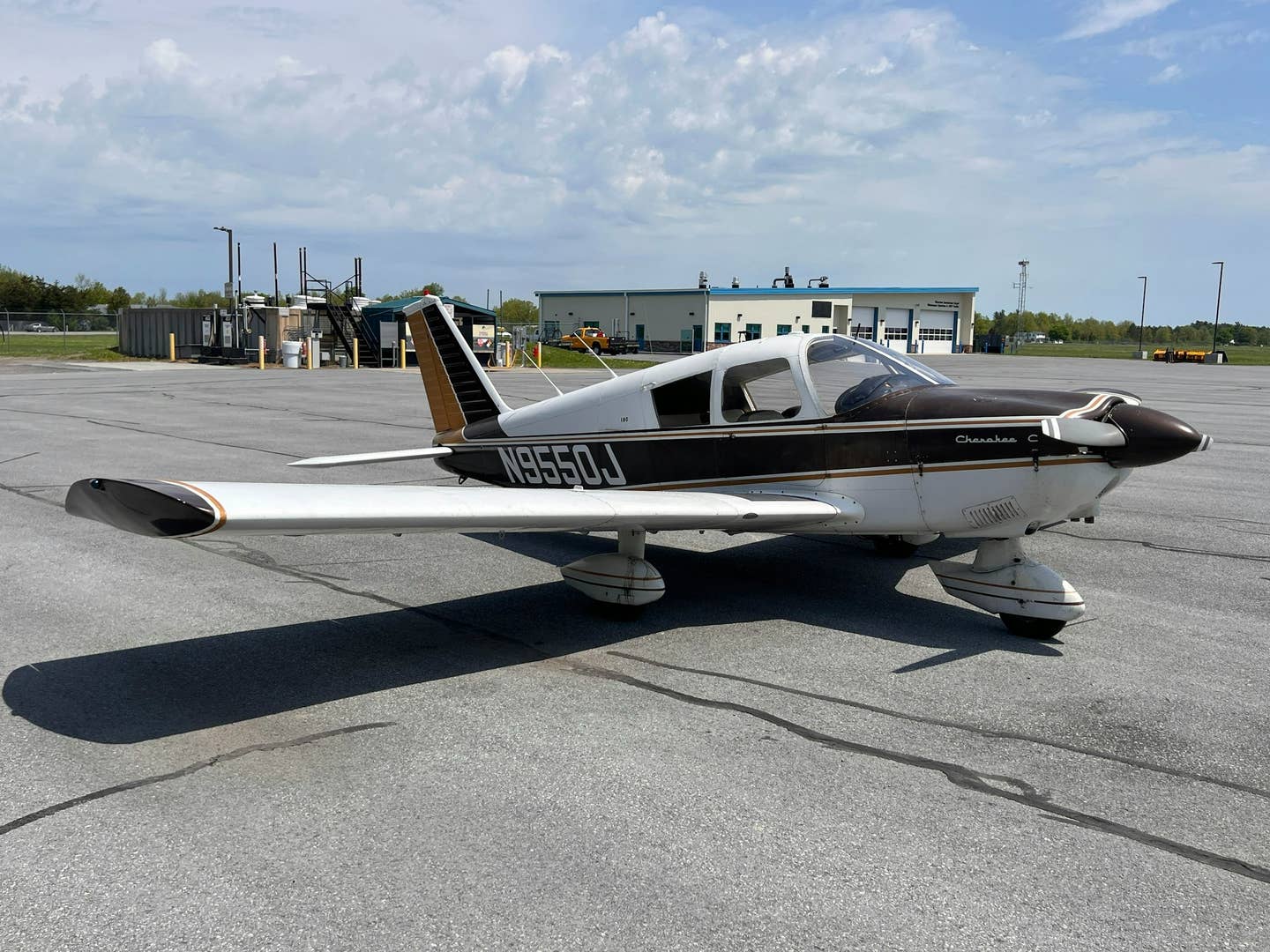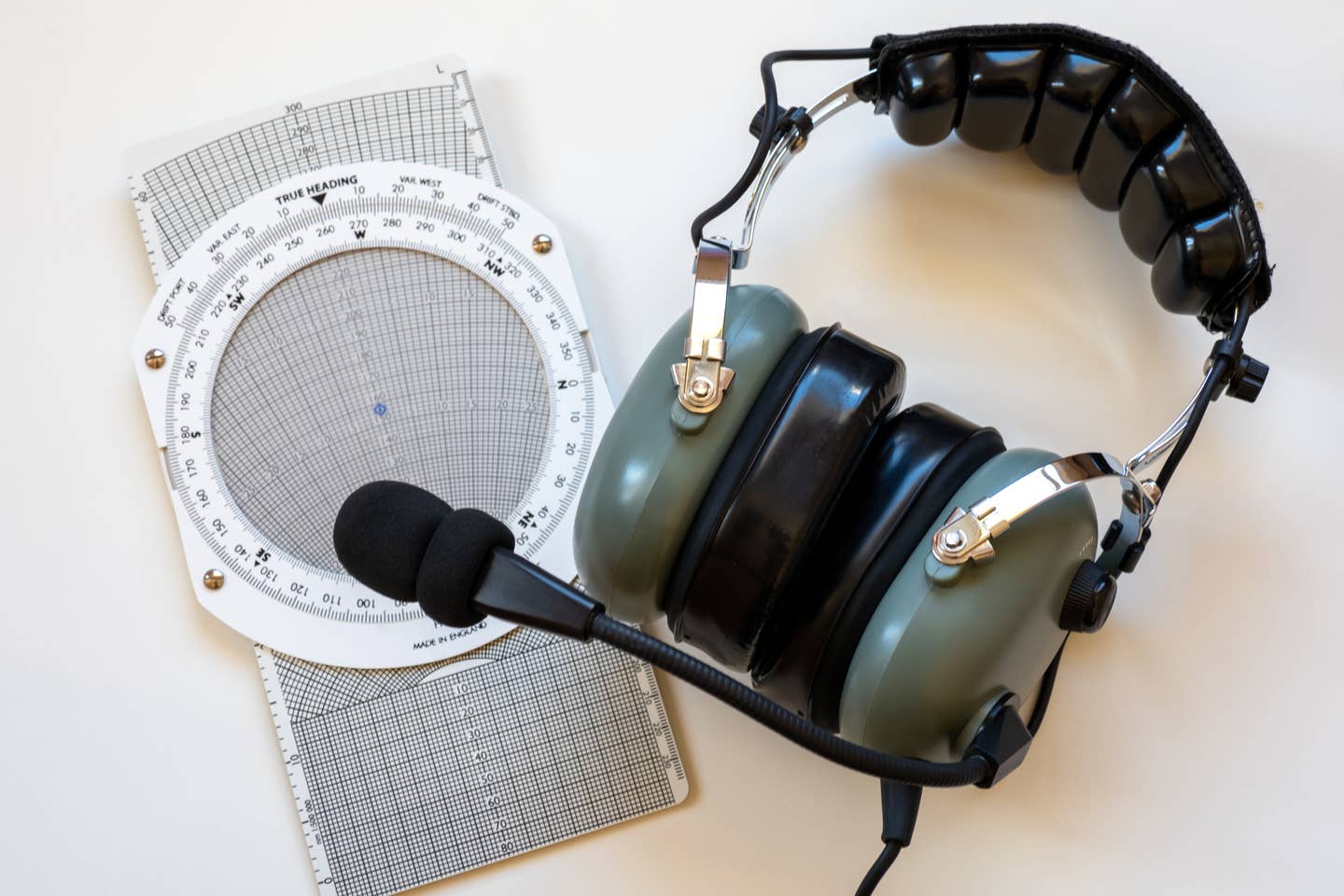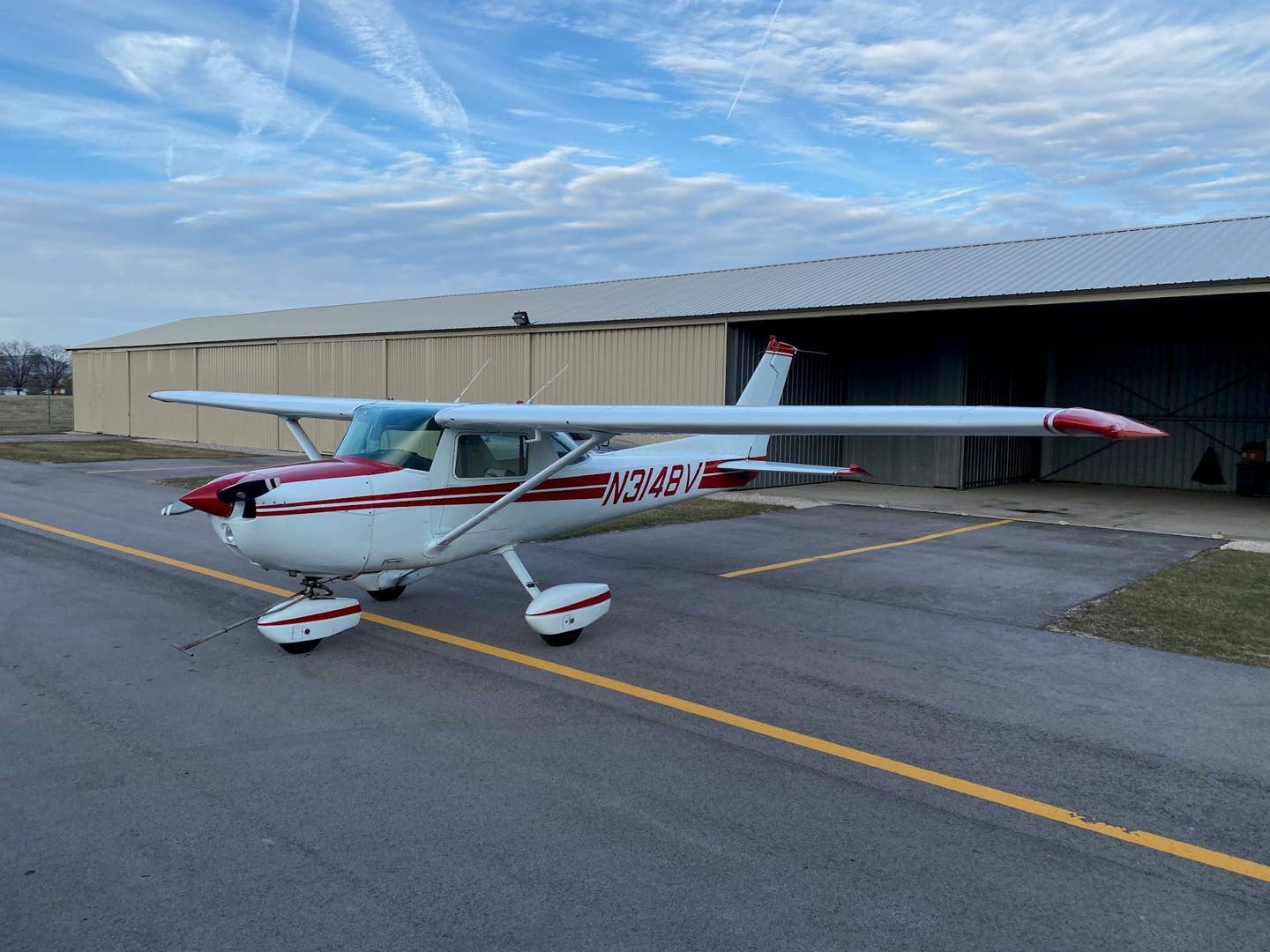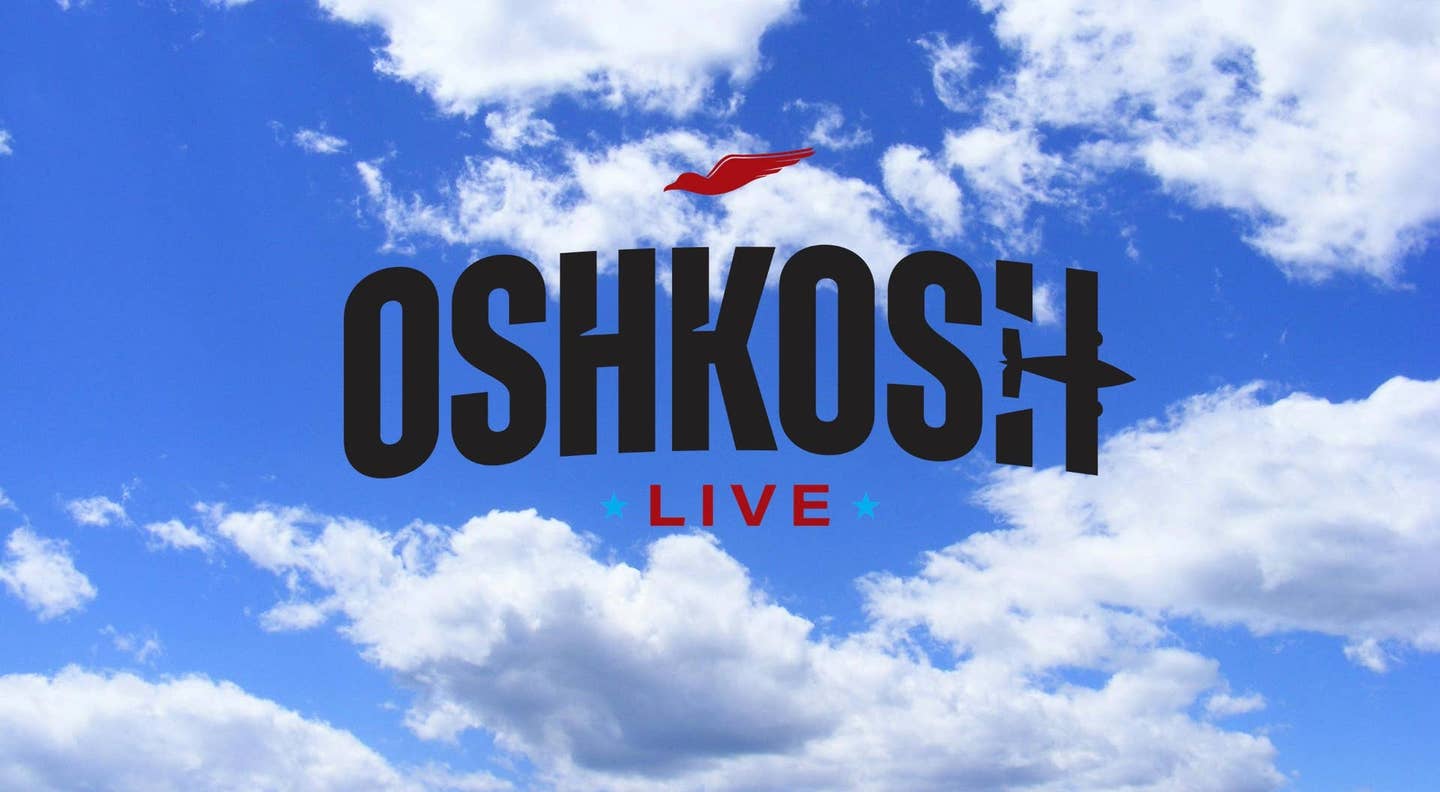How McFarlane Aviation Keeps ’Em Flying
When David McFarlane bought a country airport in middle America for his agricultural application and aircraft repair business back in 1979, he didn’t realize what the surrounding fields would hold…

Today, McFarlane Aviation Products is a powerhouse supplier of aftermarket and OEM aircraft parts that fill a 35,000-item catalog. [photo by Paul Andrews Photography]
When David McFarlane bought a country airport in middle America for his agricultural application and aircraft repair business back in 1979, he didn’t realize what the surrounding fields would hold 44 years later. Today, McFarlane Aviation Products is a powerhouse supplier of aftermarket and OEM aircraft parts that fill a 35,000-item catalog. Without its support, keeping legacy general aviation airplanes in the air, as well as building many of the new ones, would be much more difficult.
We recently dropped in at the McFarlane Aviation complex near Baldwin City, Kansas, to see what goes on there, expecting little more than a ramshackle set of old buildings beside Vinland Valley Aerodrome (K64), located out in the country 4 miles north of the town of about 5,000 residents. Our first surprise was the sheer beauty of the place. As the name implies, the tree-shrouded valley is a far cry from flat, arid Kansas wheat country. This is the eastern part of the state, with rolling hills where well-watered streams and oil-field pumps are found all over the farmland.
A public-use, privately owned facility, Vinland Valley offers 3,000 feet of manicured grass, with the usual assortment of hangars alongside. But the adjacent industrial buildings of McFarlane Aviation are as modern as you’ll find anywhere, with 150 employees working in more than 100,000 square feet of space, busily cranking out the replacement widgets airplanes need to maintain airworthiness.
Taking the Tour
We were shown around the sprawling set of interconnected buildings by business development manager John Cowan, who gave us a progressive tour outlining the firm’s growth over the years. Founder Dave McFarlane and his partner, Fred McClenahan, planned well, just like their approach to making aftermarket parts: Do it better; don’t just duplicate.
Buildings A and B have now been linked to Buildings C, D, and E, and the company has plenty of space and vision for more to follow. Although now retired, McFarlane remains active—his home is just 80 feet away from Building B’s front door, and he stops by nearly every day. Full disclosure: We originally came to McFarlane Aviation to buy some D.A.M. (David A. McFarlane) window cleaner, which we were told was a great formulation he created to de-bug windshields, as well as his trademarked brand of aircraft pulley oil and exhaust slip-joint lube.
Turnover of the labor force is relatively low, Cowan said, with many of the workers having decades at McFarlane on their resume. They were eager to show us what they produce and how they use modern machinery and materials to make parts that are better than those initially installed. Sometimes the original components were just products of their time, made before today’s manufacturing techniques existed, and it may have been that their engineering didn’t anticipate that the product would still be in use 40 to 50 years later.
By 1990, the partners had given up trying to spray crops, run an airport, and operate an FBO. In 1993 McFarlane began to focus on product development, working with the FAA to gain parts manufacturer approval (PMA) for replacement components that were cheaper and better than OEM stock items—frequently of limited availability, and expensive as well. At first, approvals were slow to obtain owing to lethargic FAA review, but as the agency found McFarlane’s engineering and manufacturing processes to be well-founded, the PMAs became easier to secure. Today, McFarlane holds 2,800 FAA-PMA approvals for replacement parts, with more to follow.
At this point, McFarlane parts are not just aftermarket swap-outs but will often be found in factory-new airplanes. The pushrods and engine controls on piston-engine Cessnas are a McFarlane product, as are the Beechcraft King Air airstair door support cables and all Piper flight control cables. McFarlane also offers custom fabrication service to duplicate some vintage airplane cables and controls that are impossible or difficult to find.
As we were being greeted, Cowan had some examples of McFarlane’s artwork spread out on the conference table, some of which we recognized, while there were others we had no idea were in the product line. There was an improved fuel selector valve for a Cessna 172, a support cable for airstair entrances, a seat rail, replacement door hinges for Cessna singles, and an assortment of vernier engine controls. McFarlane’s current catalog, now being updated, runs to 500 pages in tiny type. Its purpose is for selection and guidance, not pricing, providing a valuable resource for maintenance facilities and restorers.
Scott Still, president of McFarlane Aviation, paused a planning meeting long enough to welcome us and share thoughts about the company. It was obvious that the expansion of the physical plant is far from over. The new Building E, just completed at the time of our visit in early summer, would be filled by year’s end, and more space will be required in the future.
More than Just Making
There are three legs supporting the McFarlane formula for success: design, manufacturing, and distribution. On the distribution side, the company also stocks commonly needed items, such as engine oil and light bulbs, plus it can supply replacement plastic fairings and trim parts. Many specialty suppliers come to McFarlane to get their products into wider distribution. The company claims to be the world’s largest distributor of MT-Propellers props, and it carries items from Whelen Aerospace, AeroLEDs, Tempest Aero, and dozens of other well-known firms.
McFarlane has also purchased some respected aftermarket parts suppliers, such as Airforms, a Wasilla, Alaska, builder of replacement engine baffles. Air-cooled engines require tight baffling for longevity and efficiency, and these oft-neglected parts take a beating over the years. We saw stocks of baffling components during our tour, ready for shipping. Airforms recently announced the availability of PMA baffles for all Cessna 152 configurations, including the 1983 through ‘86 models.
As we began our walking visit from Building B, which was initially filled with administrative offices, we entered the flight controls cable department. Supervisor Dan Wilcox showed us how McFarlane builds flight control cables up to 90 feet long, each one pull-tested to assure integrity. The swagged balls and fittings on the cable ends are attached by special swagging machines, and we were assured the cable would fail before the attached ball would come loose. In the airstair support cable department, we were shown how cushioning silicone is injected underneath the sheath covering. The leather covers of King Air door cables are carefully hand-finished with a baseball-style stitch.
In Building C, erected in 2016, production supervisor Lindsay Hamm proudly showed us how her department builds shimmy dampers, steering bungees and rods, and the all-important steering boots that keep exhaust gases and fumes from an engine fire out of the cockpit. McFarlane’s shimmy damper design is temperature compensating, allowing for fluid inside the cylinder to expand into an internal chamber to avoid stress on seals during temperature changes.
The shipping department is also in Building C, where we were amazed to watch a big automated box cutter whack a custom-size shipping carton out of a sheet of corrugated cardboard, avoiding the wasted cubic inches sometimes incurred by using only standard premade containers. This right-size approach reduces shipping costs, not a small sum for an operation as large as McFarlane.
Small details, like part number tags, are produced with a laser-engraving machine, so that they can remain legible over years of service, which can be important if a replacement is ever needed. Push-pull controls, incorporating metal vernier knobs rather than plastic ones, are stored in relaxed suspension, not tight coils. Over in the custom-cabling division, a pile of ancient push-pull actuators was awaiting duplication. We were told a replacement control could be built in as little as one week if needed for an aircraft on ground (AOG) situation.
Beaded aluminum Cessna-type control surface skins are available from McFarlane, as we could see from a stack of the corrugated pieces. The company does all of its own beading to maintain strict quality control and uniformity. Replacement seat rails, and the accompanying components, are another big item at McFarlane, not just for the Cessna fleet but for others as well. Brownline-style tracks are also in stock.




















All photos courtesy Paul Andrews Photography.
McFarlane, according to Cowan, has four designated airworthiness representatives (DARs) in house, allowing it to furnish required documentation to accompany parts headed for domestic and export customers. In the stockroom, he pointed out another new product line McFarlane now distributes, Barry engine mounts and vibration isolators.
Moving on to the fireproof doorway leading into Building D, we entered a wonderland of CNC and machining where many McFarlane products are brought to life out of bare metal. Tooling is created there for the firm’s other departments, as its in-house manufacturing machinery wears down from constant use. A large alcohol-wash parts cleaner makes sure bare pieces headed for anodizing and powder coating are free of contaminants, a necessary step to assure a flawless coating.
Keeping all this manufacturing going in the age of computerized information requires an instantaneous exchange of data. Cowan pointed out the overhead web of IT network cabling, noting that nothing is on paper, and by every department having access to the latest revision of product “drawings,” everyone is continually working on the same page.
Without the support of PMA suppliers like McFarlane building improved replacements for our fleet of aging airplanes, U.S. and worldwide general aviation could not continue to exist. Nothing lasts forever, despite the best engineering available at the time of an airplane’s construction. It would be sad to see a perfectly flyable aircraft remain grounded for want of a hinge, clevis, or support bracket. Avoiding such situations is what McFarlane does every working day.
Editor's Note: This story originally appeared in the September 2023 issue of Plane & Pilot magazine.

Subscribe to Our Newsletter
Get the latest Plane & Pilot Magazine stories delivered directly to your inbox

